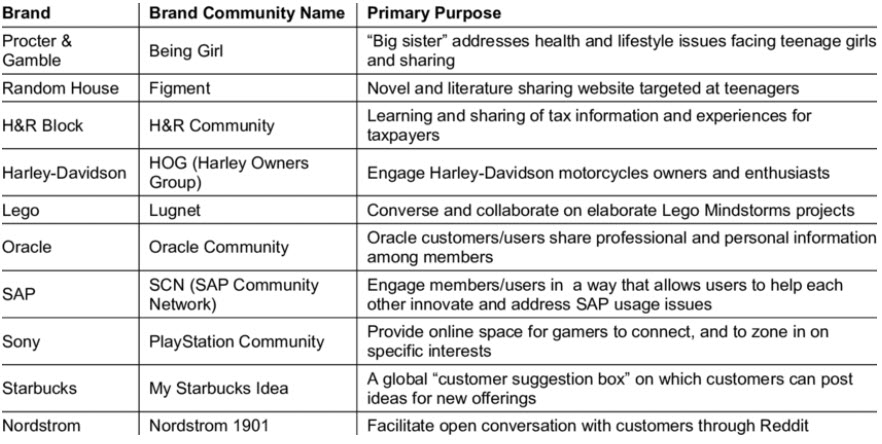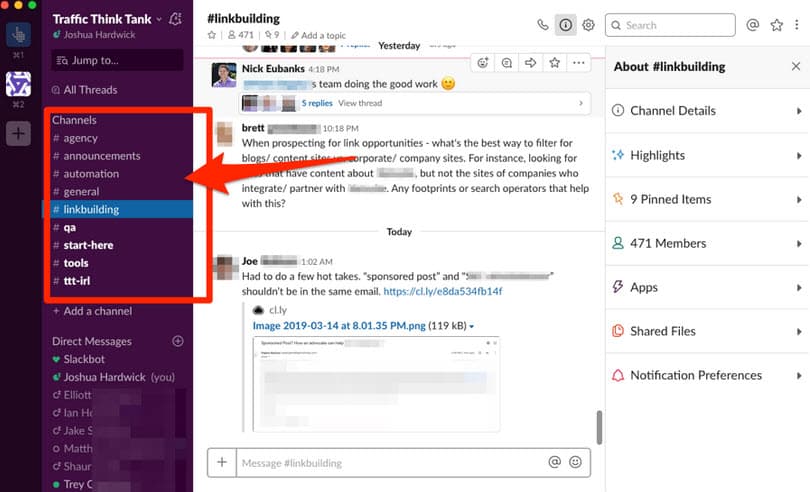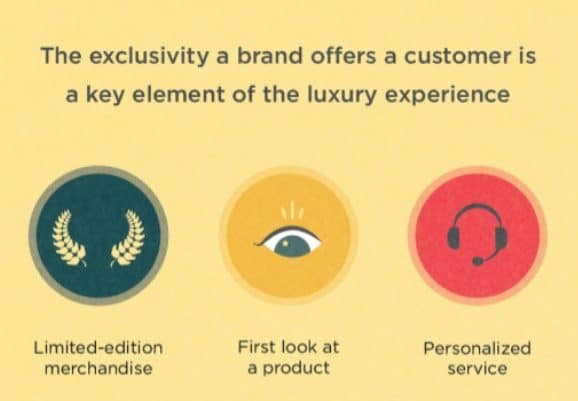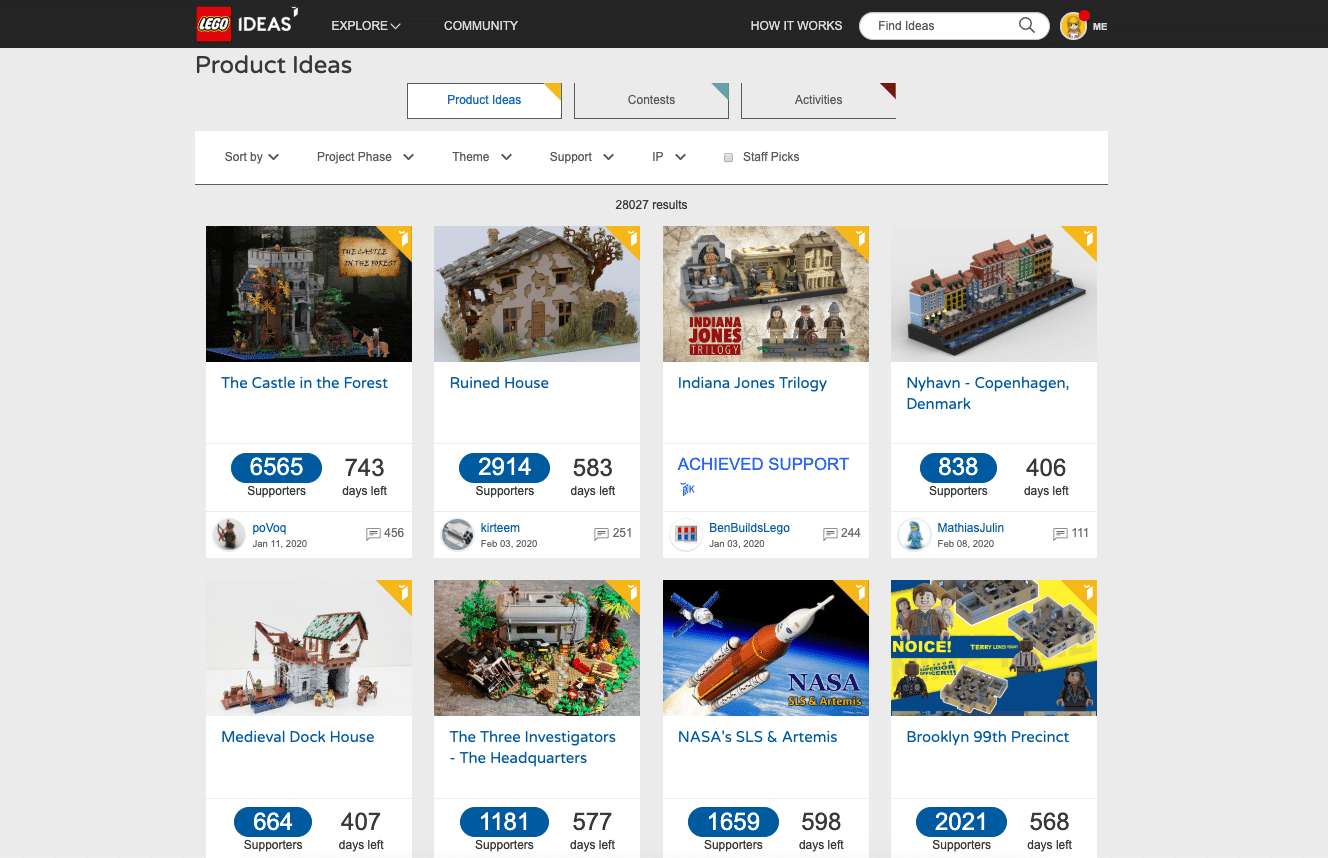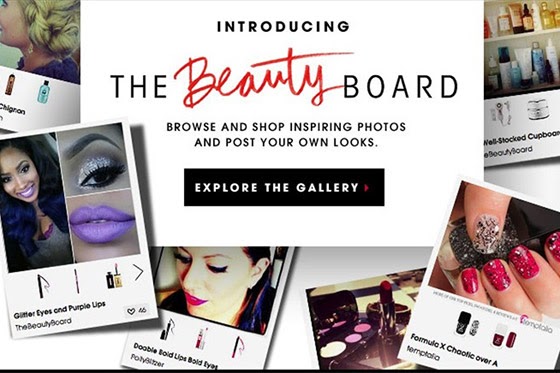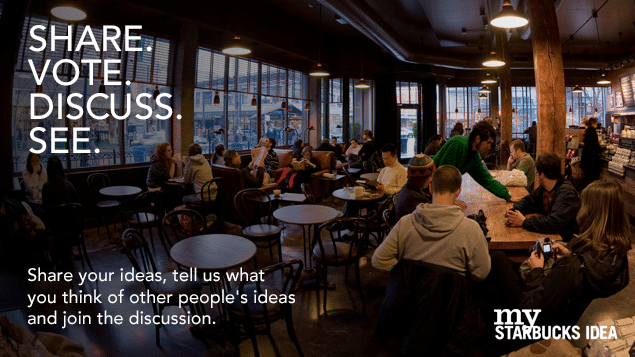Why start a brand community? As marketers, it’s our job to stay up to date with all the latest trends and analyze how different generations and buyer personas interact with our brand. And potential customers are turning to online communities to find brands. Thus, it’s a good decision to keep reading and learn how to build an online brand community of your own.
Why your business should build an online brand community
Consumers, especially Gen Z, are losing faith in paid influencer marketing and are instead turning to grassroots communities of like-minded peers to share content, commentary, and reviews about brands and products they actually use.
This new generation of consumers was basically born with a smartphone in hand and grew up watching influencers on YouTube. Raised on horror stories of fraud and online scams, younger consumers know how to spot someone being fake from a mile away.
After years of influencers getting caught buying fake followers and promoting products they don’t even use, people are looking to engage with authentic users for product recommendations.
Knowing your audience is critical, and understanding their emotional and environmental factors can help you connect with them and provide some useful insights for your marketing efforts. However, your audience is simply a segment of potential users.
The relationship with a brand and its audience is usually a one-way conversation, with most consumers’ first interaction with a brand being an advertisement or some form of paid content. The consumer either buys the product, or they don’t.
It’s not until a two-way conversation begins that your audience becomes a community.
When your members comment on your content, share it, engage in discussion about it, and keep coming back – that’s a brand community. And the benefits don’t stop there.
Building an online community removes your dependency on ad traffic
When you have an engaged online brand community, you can reduce your spend on more expensive marketing tactics. Think about the last time you bought something from your favorite brand. Did you wait for it to go on sale? Probably not.
That’s because we shop the brands we love because of how they make us feel, not because they are continually throwing sales in our face. If you’re struggling to find your voice, try connecting your brand to a social cause, create a mission statement, and even try a rewards program.
Your online community becomes a resource
An active community full of discussion and sharing becomes a resource for you and your customers. Not only is it an excellent place for customers to find advice from people in similar situations. It’s also a great place to learn your customers’ true pain points.
Plus, customers can bounce ideas off one another, and build relationships that could make a real impact on their business and career.
You can learn a lot from an online brand community
While surveys are great, you never get a more realistic view of your customers’ challenges than when they’re interacting with one another. By analyzing their questions and answers, you can identify new trends and roadblocks.
Brand communities foster retention
When you create a community for your target audience/customers, they feel more connected and invested in your brand. This emotional bond formed with their peers, and your brand can lead to more business and referrals. It can even help you build positive brand equity, and overcome bad PR and conflicts. You might also create brand loyalists, who always choose you over your competitors.
Where should your online community live?
We’re social animals, while e-commerce has connected the world transactionally, it hasn’t helped us socially. Most of the time, the brands that can afford to produce the most ads receive the most attention. But times are changing, and brands that stand out tap into the communal dynamic.
The easiest way to drive traffic to your brand community is to build it where your target audience is already active. For most industries, this will be social media.
No matter the platform you choose, it’s critical to share content that enhances the lives of your audience regularly.
Slack
Source: Ahrefs
Slack isn’t just for business teams to use for their internal communication anymore. Organizations and everyday consumers are flocking to their platform and repurposing it for niche forums and communities.
There are hundreds of open Slack communities for everyone, from developers to entrepreneurs to even FinTech specialists. Here’s a list of the top 97 slack communities for entrepreneurs if you need a little inspiration. These forums are for like-minded professionals to network, pass along insights, find partners/employees, and discuss what’s going on in their lives and industries.
The way Facebook ranks businesses has gone through some major changes in recent years. Back in 2018, Mark Zuckerberg announced their algorithm update would lower the reach of most business pages, but simultaneously will give group posts more priority.
This trend doesn’t seem to be going anywhere either with Zuckerberg announcing that Facebook will be putting groups at the center of their app, and boasted over 400 million group members already on the platform back in 2019.
In other words, when you post from your Business Page, it gets sent straight to the “Community” tab. But when you post in your group, it pops up and stays on a user’s feed, center-stage waiting for them to engage.
We all know LinkedIn is the number one social platform for networking. Starting your own LinkedIn group is a great way to highlight you and your organization as thought leaders and attract a highly targeted group of professionals.
When you start a group, make sure to focus on a topic, not your brand. Over time, people will create a natural connection with the topic, group, and your brand. This “earned connection” is much more valuable than a new lead and will significantly increase the size of your network, with time.
Third-party tools
There are a ton of great SaaS platforms out there that will allow you to build your very own private group, but for the sake of time, I will only highlight one.
Zyper is a community marketing platform that allows you to connect your brand with the top 1% of your brand advocates. As the backlash against shady influencers continues to grow, companies are turning to solutions like Zyper – which allows brands to invite their “super fans” to your private community by downloading an app.
Online brand community best practices
- Focus on a niche to start: Ask yourself why someone should participate in your community? What is a popular or relevant topic in your industry that doesn’t have a community around it yet? Start off focusing on this one topic and let your community split it up into subtopics organically.
- Have guidelines: Every great community has one thing in common, an enforced set of rules. Guidelines are to prevent anyone from ruining everyone else’s fun. They should clearly state up front that anyone who doesn’t follow the rules will be asked to leave – trust me if this ever happens, it will make the conversation a lot less awkward. Starting off, you should always keep your guidelines simple. Something like: be kind to others, be generous, only share relevant content, and, most of all, no spamming.
- Create a habit: Set a schedule and stick with it – this is extremely important for communities and groups just starting. Make members look forward to hearing from you and make your community a habit through assignments, emails, and notifications. Find a way to make your community an everyday thing or at least a weekly thought in their lives – a great first step is creating a weekly newsletter.
- Ask for feedback: Don’t be shy, keep in touch with your members regularly to see how they’re doing, what they think of the community, and how you can improve their experience. Trust me – they will appreciate that you took the time to touch base, and it will keep them engaged.
How to build an online community for your company
Now that we have covered the basics and best practices of starting a brand community, hopefully, you have some ideas around the topic you would like to discuss and what platform you will target.
Here are five steps to help you learn how to build an online community.
Step 1: Start small
As you learn about how to build an online community, remember that you don’t have to start out trying to create an empire. Like all great things, building a brand community doesn’t happen overnight. The most successful communities often start as email chains, dinner parties, events, or forum threads. They later grow as members learn more about its values, and become autonomous ambassadors.
Starting small takes a lot of work, patience, determination, and doing things that don’t always scale. But the long-term payouts make it worth it.
For example, Product Hunt started off as a small email list between friends to share cool products they’ve found. After his friends started telling their friends and then their friends, Ryan Hoover (CEO) saw that his email list had some real potential for a real site and community.
Two years later, in 2015, Product Hunt saw its millionth upvote, and that small email list today has over 50,000 subscribers.
By starting small, testing, and iterating, you’ll find ways to scale your community you would never see on day one.
Step 2: Add a layer of exclusivity to your brand community
When you’re starting small, exclusivity is a great way to drive demand. This tactic might keep your membership low but will keep your quality high.
If we revisit our Product Hunt example – when the team first launched the site, they made sure to keep “hunter rights” limited because they didn’t have the bandwidth to manage the entries if they opened it up to everyone.
While they limited hunter rights due to low bandwidth – this made people with hunting rights feel special and made everyone else want it even more.
Step 3: Create an atmosphere of helpfulness
When people join your community, it’s important to remember that they are joining for their peers, not your brand. They’re looking for connections and resources – a safe place where they can network with others who share their same passions and interests.
By creating a culture around helping others, you’re creating an open environment. Where your customers and members can learn and share their experiences. And once they’ve learned and seen the value in your community, they will likely return the favor.
Step 4: Don’t be afraid to let go when building an online community
Chances are if you start a community, you’re probably going to be managing the community as well. As a community facilitator, it’s your job to get the conversation rolling, connect members, and then step away. You can always chime in as needed, answer questions, settle misunderstandings, or share announcements. The whole point of a community is for your customers and community members to build connections with one another.
If you’re nervous, they might forget about you, don’t be. Your members will be grateful for their newfound relationships and will have your brand to thank.
Step 5: Tell the world about your online brand community
Now that you have your core group of five or more engaging fans – it’s time to enter stage two.
By now, hopefully, you have a good understanding of how to brand an online community and the value it adds to its member’s lives. You have some idea about where your community should live—best practices and guidelines and how to get your community off the ground.
Now it’s time to work on scaling and growing your community. There are a ton of ways to do this, and the most effective will depend on the type of community you choose to run. There are, however, several best practices that have proven effective for many brands.
- Start a referral program
- Start a newsletter
- Promote on all your social channels
- Invite niche influencers
Need some inspiration?
You might it find it more helpful to see actual examples of how a business creates an online brand community. Learning how to build an online community should become much easier after seeing these great examples.
Lego Ideas shows how to build an online community
If you love Legos, then I’m sure you’ve dreamed about having your own design on store shelves. What about getting a percentage of your idea’s product sales?
With Lego Ideas, anyone ages 5–95 (sorry centenarians) can check out entries, vote on their favorites, leave comments, and even submit their own. The designs that receive the most votes go to market. This brand community doesn’t just provide Lego with amazing market data. It also helps keep their brand’s super fans interested in ongoing contests.
Sephora Beauty Talk & Beauty Board
If you want to learn how to build an online community, it’s worth taking a page out of Sephora’s playbook with its Beauty Talk program. Beauty Talk is probably the largest cosmetics brand community. Sephora does a great job helping their clients feel connected by providing a forum where their customers can ask questions, share ideas, and have their beauty dilemmas solved by other fashionistas.
Their Beauty Board offers users another way to engage with their community, by allowing users to upload pictures of themselves wearing Sephora and linking the photos to the product page of all the items they used.
This unique forum makes customers into instant brand ambassadors – inspiring other members to use the same products. Sephora’s marketing team can use the form for product research and identify what they are interested in and what their pain points are.
My Starbucks Idea
Similar to our Lego example, Starbucks created a forum called My Starbucks Idea – where coffee enthusiasts can share and discuss their drink ideas. The draw here is that people can look through other patron’s ideas, vote on their favorite, and share feedback. This kind of environment makes their customers feel valued, and Starbucks cultivates this feeling by making sure to highlight when they launch a customer’s idea.
And it has worked well, with My Starbucks Idea generating over 70,000 ideas in their first year.
Wrapping up
Now that you’ve seen these stellar examples of brand communities, and are aware of the advantages of building a brand community, it’s time to build a community of your own!


